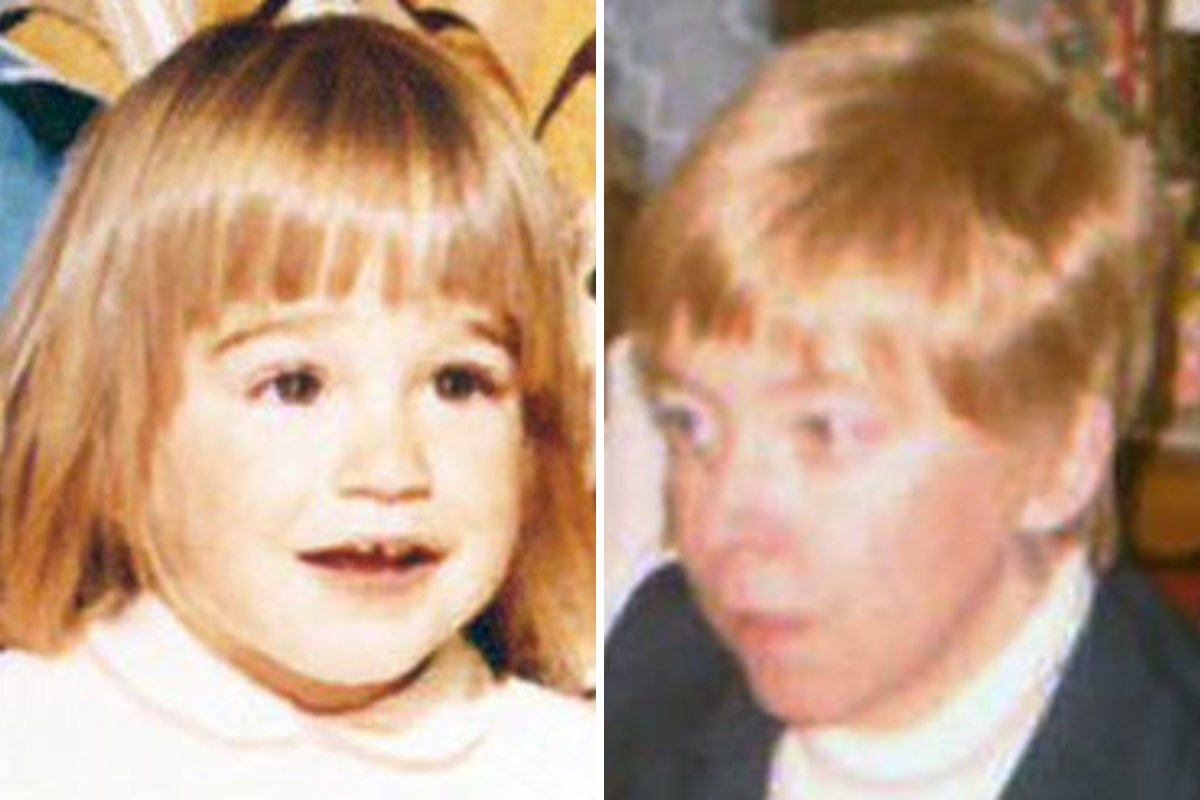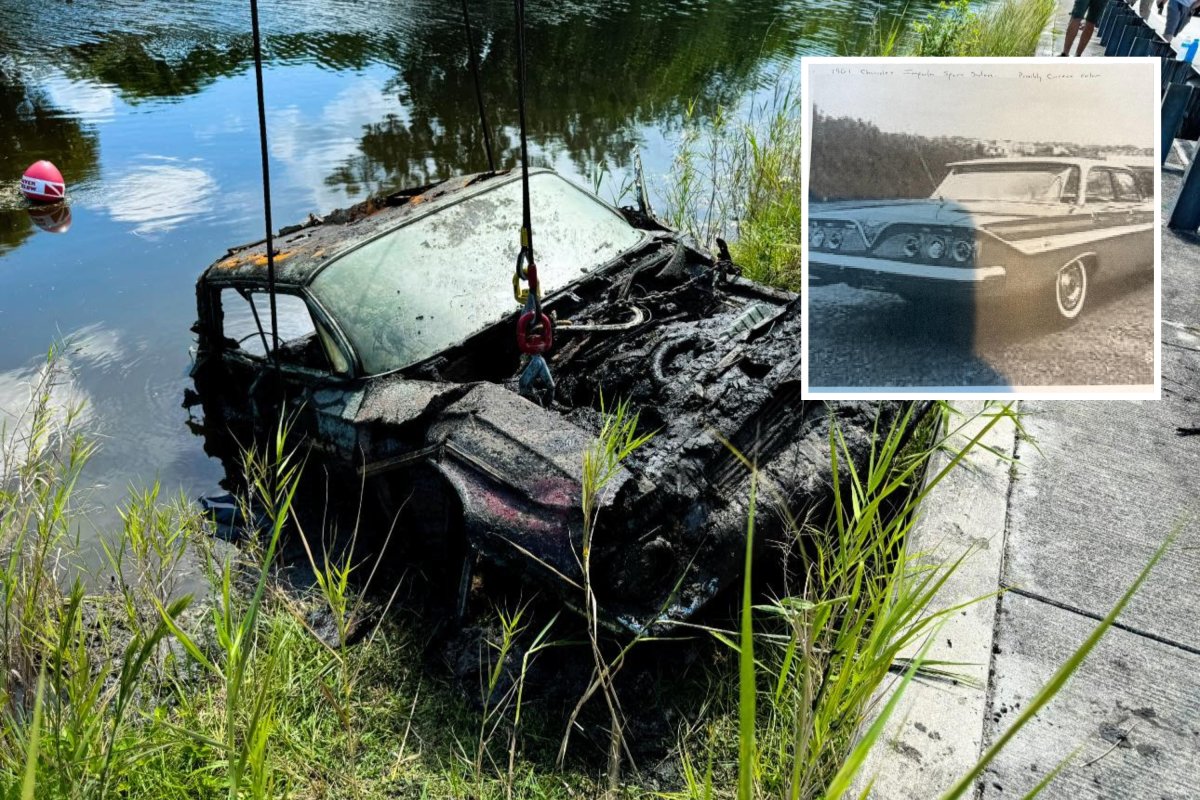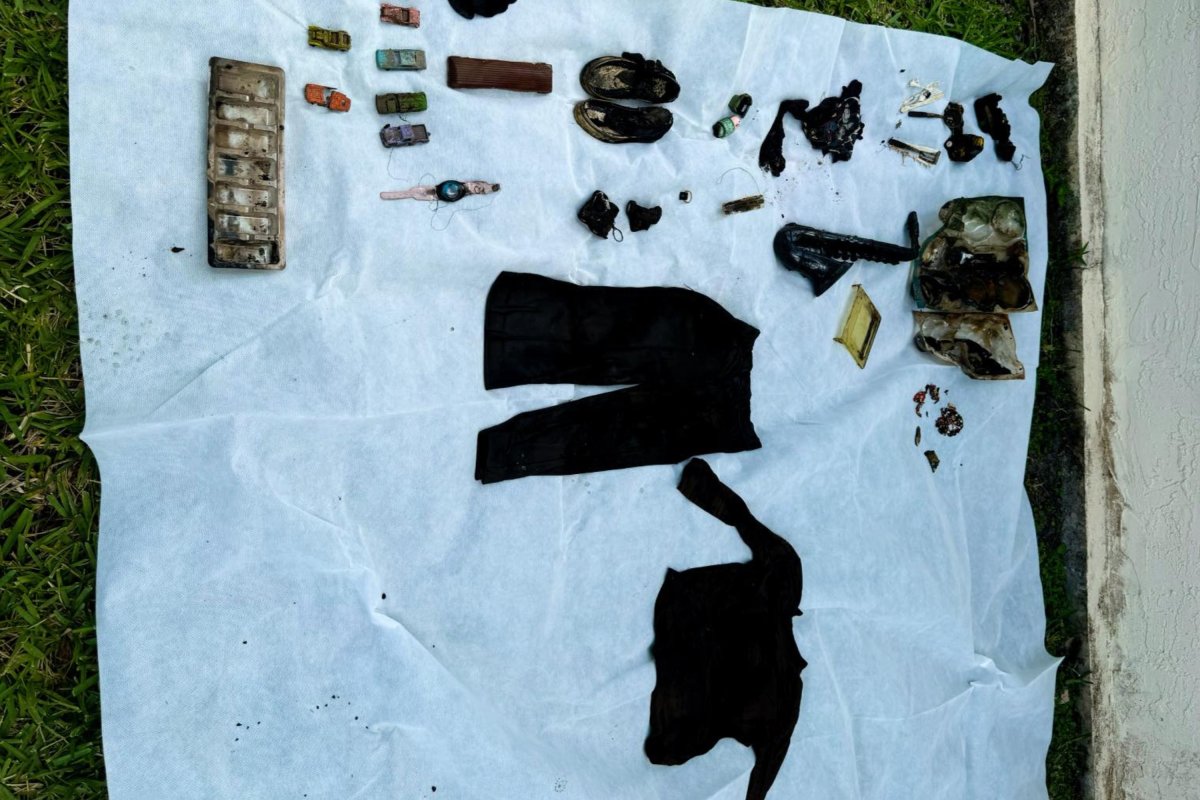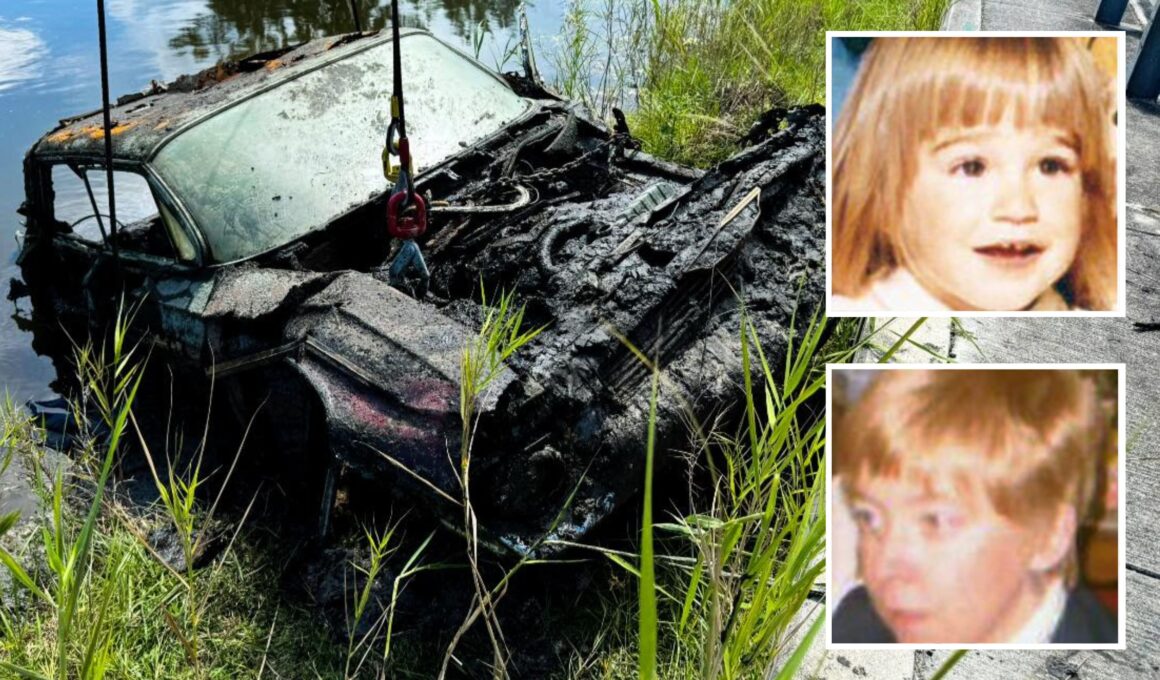A volunteer sonar team solved a nearly 50-year-old mystery in South Florida by discovering the remains of an adult and a small child inside a car submerged in a canal.
The discovery comes decades after 34-year-old Doris Wurst and her 3-year-old daughter, Caren Wurst, were reported missing from their home in the now-closed Sunshine City Trailer Park.
Although the Plantation Police Department hasn’t identified the two in the press release due to ongoing verification of DNA and dental records, the details match the FDLE Missing Persons Information.
The pair, along with the mother’s 1961 Chevrolet Impala, disappeared in November 1974. Despite numerous investigations over the years, the case had gone cold, with no leads or evidence emerging until now.

Sunshine State Sonar, a group specializing in locating vehicles in missing person cases, partnered with the police department and discovered what appeared to be a 1960s Chevrolet Impala submerged in a canal along West Broward Boulevard last Saturday.
Plantation Police Department detectives, along with the Broward Sheriff’s Office Forensic Dive Team, confirmed the vehicle’s identity through a SCUBA dive. Inside, they discovered skeletal remains consistent with the mother and daughter.
Newsweek reached out to the police department, however, they have not yet responded.
What does Sunshine State Sonar do?
Sunshine State Sonar founder Michael Sullivan told Newsweek the organization began its pro bono search in June 2023, using state-of-the-art sonar equipment to revisit the cold case.
At the start of their search, they found an Impala. However, after the dive team recovered the vehicle, they discovered it was a different color and model, and contained no remains.

“What we do is go into an area where these people were last traveling to and from—where did they live? What water was around them? Where were they last known to be?—then we search all the water hoping to find their vehicle,” Sullivan said.
Over the last 14 months, the organization along with the police department conducted four searches, systematically covering the water until they eliminated all areas and found the vehicle.
“We’re a free resource, a free asset, or that tool you rip out of your toolbox when you’ve got someone missing for decades and you think their vehicle could be submerged in a lake or pond,” Sullivan said.

The Wurst family’s next of kin have been notified of the discovery, providing a long-awaited sense of closure to a case that has troubled the community for decades.
Human Identification Process
Newsweek spoke to Dr. Michael Coble, an associate professor at The University of North Texas Health Center in Fort Worth. His research centers on DNA and forensic testing, extracting genetic information from difficult samples.
He said the initial step in identifying skeletal remains is to perform an anthropological investigation to assess for bone trauma or other potential causes of death.
Next researchers prepare the bones for DNA testing.
“For DNA testing, we tend to test the femur,” Coble said. “It’s a weight-bearing bone so it’s very compact and dense. It’s a nice sample for trying to get DNA from the body.”
Coble said researchers start by taking a small sample from the femur bone. They clean the outer surface to remove any external contamination. Next, they use a sander to remove the outer layer, which helps eliminate any residual external DNA or contaminants.
After preparing the bone, they grind it into a fine powder. To further process the powder, they add a buffer known as demineralization. This buffer breaks down the calcium matrix of the bone, turning the powder into a liquid. This liquid allows them to extract the DNA from the sample.
To identify and match DNA, Coble advised family members of missing persons to contact law enforcement.
By doing this, they can help law enforcement match the DNA from the remains with DNA samples from personal items like clothing, saved baby teeth or hair. Alternatively, they can compare the DNA with samples from the missing person’s parents or siblings to make a match.

“The DNA is not being searched in CODIS [Combined DNA Index System], the criminal component of CODIS,” Coble said. “There’s a separate index that’s used for missing persons so families never have to worry about their DNA being shared.
Testing results can take one to four months, depending on the degradation level of the bone.
“If it’s a sample that has been exposed to elements for a number of years and there’s a lot of insults from the environment, there may not be a great of DNA still around so we have to work extra hard to get a profile,” Coble said.
Do you have a story we should be covering? Do you have any questions about this story? Contact LiveNews@newsweek.com







